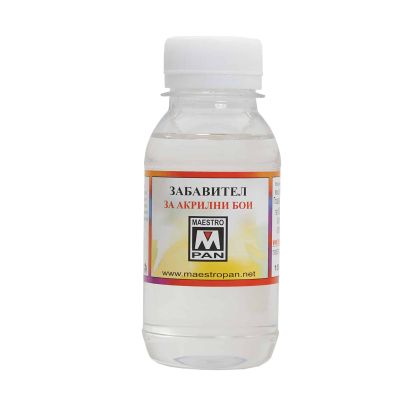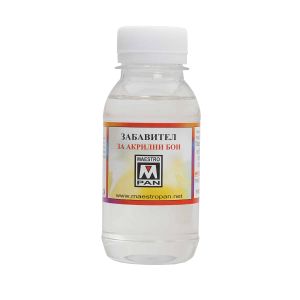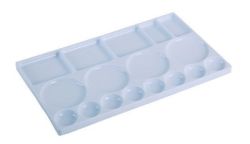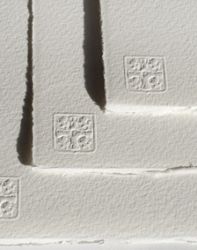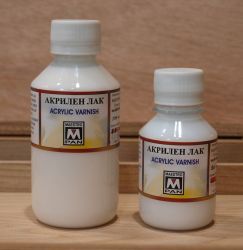Retarder for acrylic 100 ml.
Price:
€2.45
-
Code:203776
Acrylic retarder is an additive—usually based on glycol (like propylene glycol)—that slows the evaporation of water from your acrylic paint. This extended drying time gives you extra minutes (or even hours) to blend colors and work wet-on-wet, much like oil paints, without having to change your entire technique.
How to Use Acrylic Retarder read below.
Quick Buy
Just 4 fields to fill in
Acrylic retarder is an additive—usually based on glycol (like propylene glycol)—that slows the evaporation of water from your acrylic paint. This extended drying time gives you extra minutes (or even hours) to blend colors and work wet-on-wet, much like oil paints, without having to change your entire technique.
How to Use Acrylic Retarder
Mixing Ratio:
Start by adding only a few drops to your paint—generally around 5% of your mix. Some manufacturers may suggest a maximum of 14%, but with retarder (as opposed to slow-drying mediums that also include resin), it’s best to err on the side of caution.
Application:
Mix the retarder thoroughly into your acrylic paint on your palette. This ensures an even consistency and prevents patchy drying. Use it when you need extra time for blending or layering details.
Technique Adjustments:
If you’re finding that your paint is still drying too quickly for techniques like wet-on-wet blending or creating smooth gradients, a small amount of retarder can be the game-changer. However, if you add too much, the paint might become tacky or even rubbery, potentially compromising the final finish.
Tips & Considerations
Test First:
Always try the retarder on a small portion of your work before applying it to a large area. This lets you gauge its effect on your specific brand of acrylics.
Environmental Factors:
Remember that temperature, humidity, and air flow also influence drying times. In a dry or warm environment, the retarder’s effect will be more noticeable.
Alternatives:
If you need even longer working times or want a different effect, consider slow-drying mediums that are pre-formulated with acrylic resin. These can be used more liberally without drastically altering your paint’s properties.
Key Considerations
Test First:
Always experiment with a small batch of paint to see how your specific brand reacts before applying it to a large work.
Avoid Overuse:
Too much retarder can interfere with the proper drying and curing of the paint, leading to potential long-term issues in your artwork.
Using acrylic retarder correctly can significantly improve your blending and layering techniques while still retaining the fast-drying benefits of acrylics. Experiment slowly and adjust the amount based on your needs and environmental conditions.

